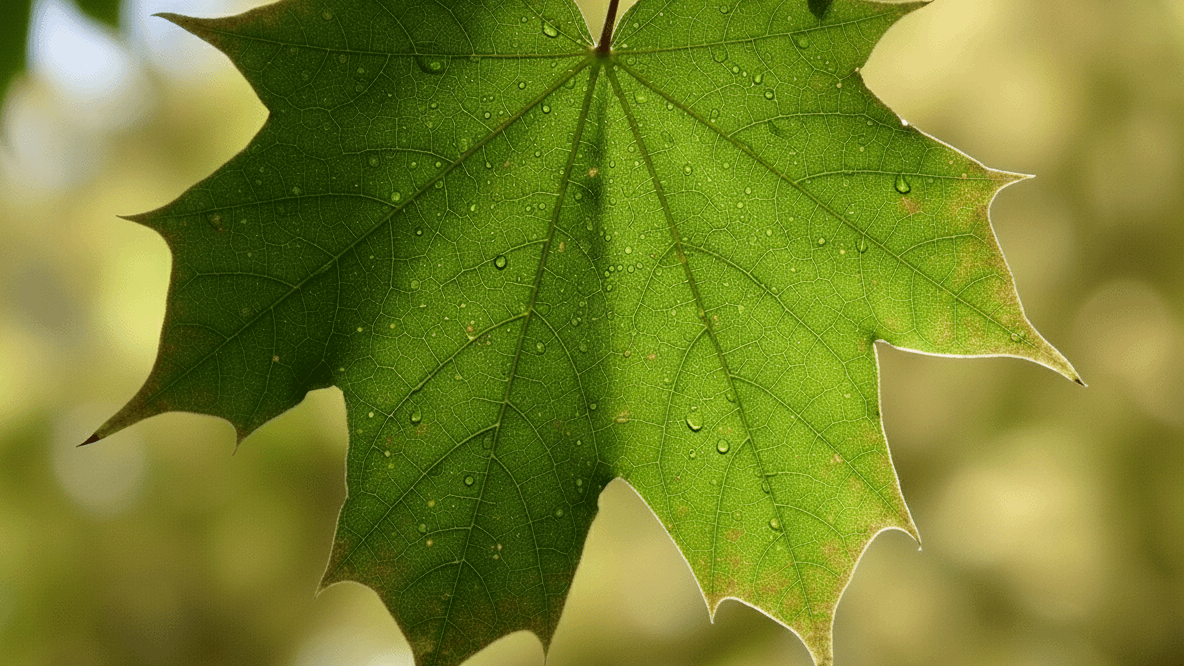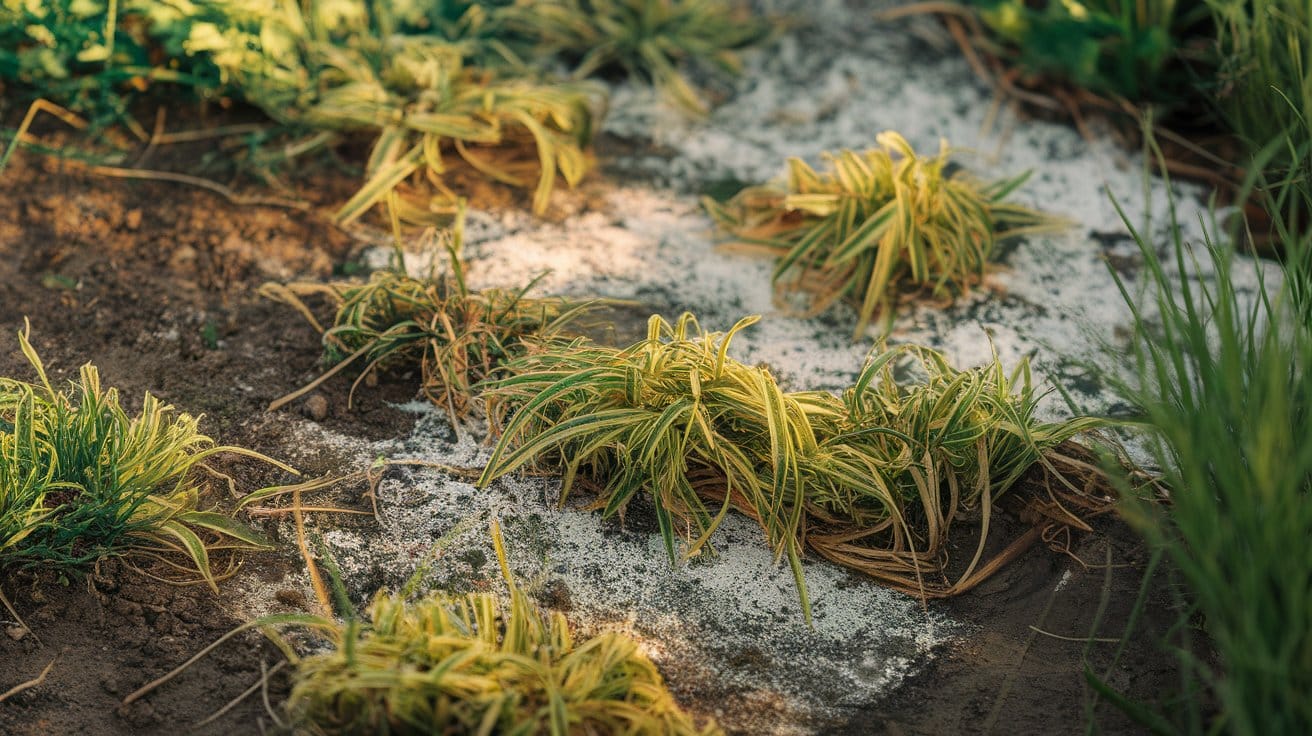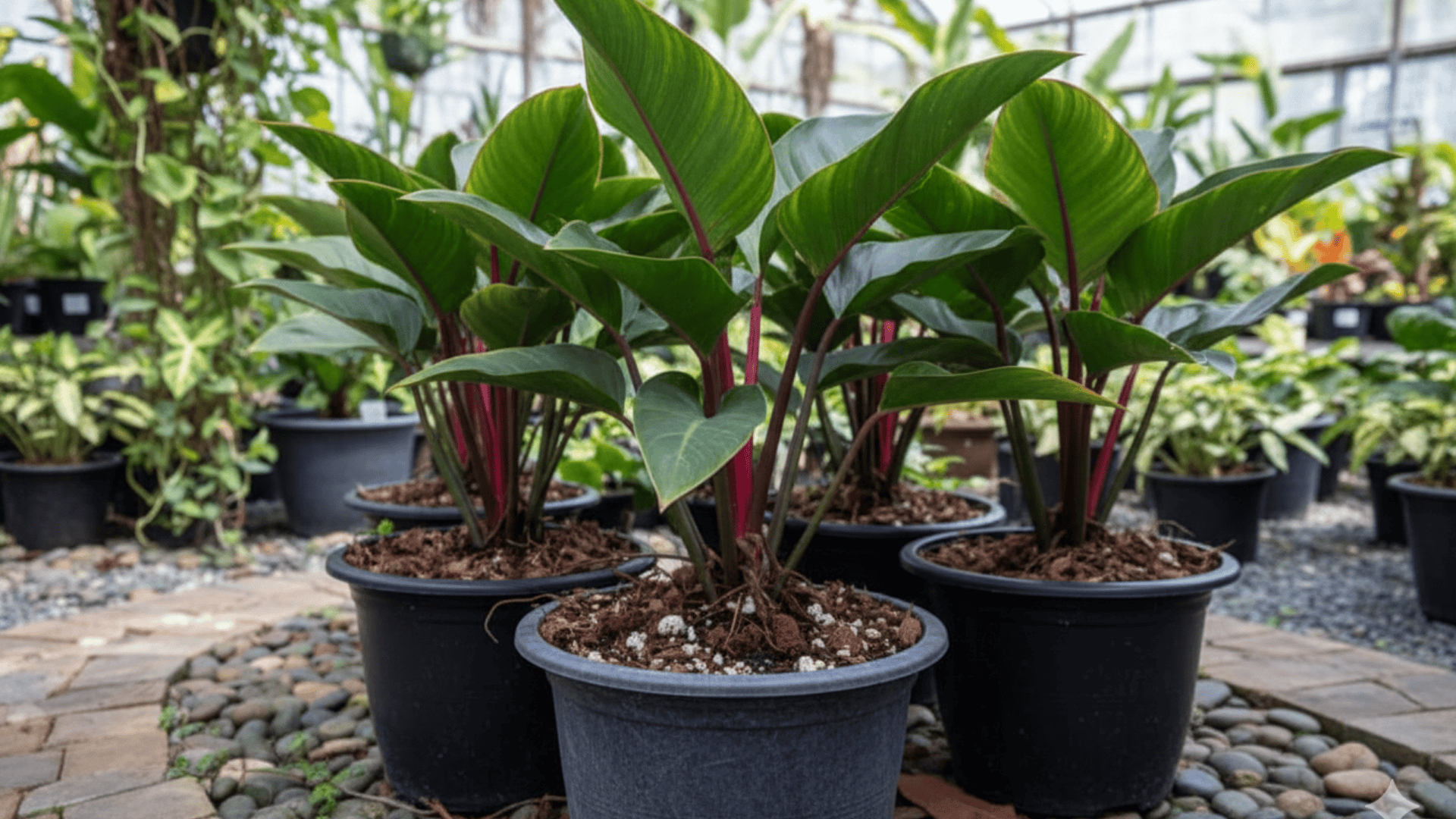Most people don’t realize that maple trees follow different rules than other trees when it comes to pruning.
Watching trees struggle because of bad timing, I’ve found that being aware of when to prune maple trees needs careful attention.
Pruning is about choosing the right moment.
Good timing makes sure the tree can handle the stress and heal quickly.
Haste can cause the maple to weaken before it can flourish; Time it right, and you’ll get solid and vigorously growing maple trees
This resource covers everything from optimal pruning windows to the periods when you should leave your tools in the shed.
Why Timing is Key When Pruning Maple Trees?
Timing influences how a maple tree develops strength, balance, and resilience.
Cutting during favorable conditions helps branches form sturdy angles and reduces the chance of weak attachments.
When temperatures, moisture, and light are steady, the tree can seal small openings without strain.
Proper scheduling also prevents crowded growth and supports steady airflow through the canopy.
Pruning in calm weather allows energy to focus on building durable wood.
Over time, trees maintained with well-timed care hold their shape better, resist breakage, and remain visually appealing throughout the seasons.
Smart timing keeps each pruning session efficient and protects the maple’s health for many years to come.
When to Prune Maple Trees?

The timing of pruning maple trees is critical because it affects everything from wound closure to the tree’s ability to handle stress.
Its best to prune in the month of February, as the metabolic pace of the maple slows, wounds close, while the tree maintains steady growth.
Although mid to late summer (May-August) would do good as well.
| Timing Window | Suitable For | Key Notes and Cautions |
|---|---|---|
| Late Winter to Early Spring | Major structural pruning and removal of large or damaged limbs | The tree is dormant, making it easier to see its framework, avoid excessive bleeding. |
| Mid to Late Summer | Light thinning, minor shaping, or removing small problem branches | Pruning after full leaf growth allows the tree to handle small cuts with less sap flow. |
| Late Fall to Early Winter | Emergency or hazard-related pruning only | As the tree enters dormancy, healing slows, and open cuts are more vulnerable to cold injury. |
Signs It is Time to Prune Your Maple Tree

The signs a maple tree needs pruning are a mixed bag; whilst some may seem obvious, others won’t.
The idea of certain subtle signs going unnoticed is not a rare occurrence.
• Structural hazards: Always look for cracked limbs, split crotches, or branches leaning dangerously over structures because these pose immediate safety risks.
• Overcrowding: When branches rub against each other or grow too close together, they compete for light and air, which weakens both limbs over time.
• Uneven growth patterns: If one side of the tree is growing much faster than the other, selective pruning can help balance things out.
• Swelling buds: These signal that the tree is preparing for active growth and may benefit from structural pruning before the season begins.
Safety takes priority over timing, so address structural damage or disease immediately, regardless of season.
What Should I Do After Pruning a Maple Tree?
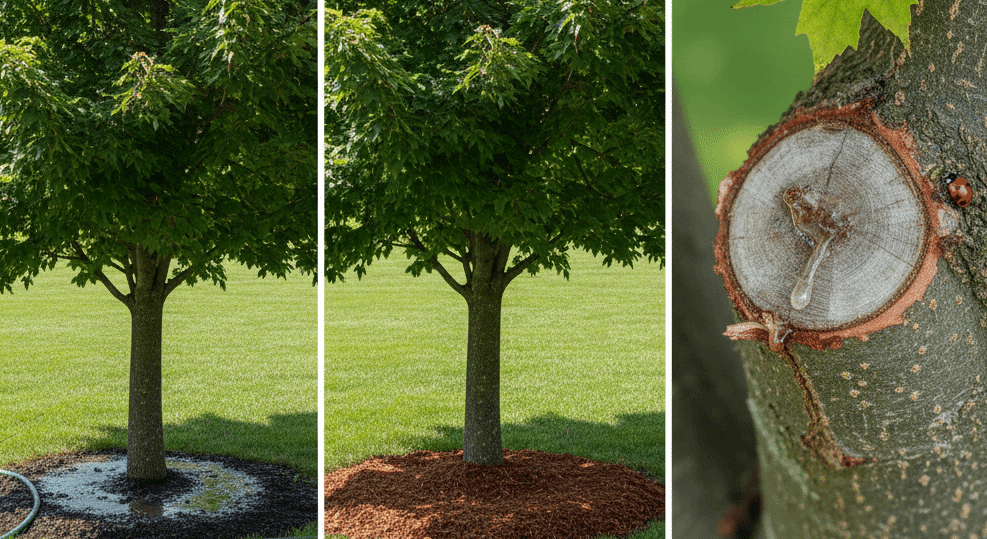
Once you’ve finished trimming, the steps you take afterward can make a big difference in how well your tree recovers.
1. Water deeply: The tree needs moisture to support cellular repair and replace the energy lost during cutting, especially during dry weather.
2. Spread mulch around the base: I also do this to help retain moisture and keep the roots cool.
3. Watch for warning signs: A little sticky residue is normal, but excessive oozing, wilting, or pest activity signals that something went wrong.
4. Skip the sealants: Trees close wounds naturally when cuts are clean, and wound dressings can trap moisture and encourage rot.
5. Clean up and monitor recovery: Remove all cut branches, fallen leaves, and debris because these attract pests, and I make it a point to track new growth like fresh buds.
Is There a Bad Time to Trim Maple Trees?
Certain months can harm your tree or create messy problems, and knowing when to hold off is just as important as knowing when to prune.
• Late Fall (October to November): Trees are shutting down for winter dormancy, so close cuts make them vulnerable to cold-weather damage.
• Early to Mid-Spring (April to June): Active leaf development means heavy pruning, diverting essential nutrients away from growth, and weakening the tree’s vigor for the entire season.
• Right before or during bud break: Cutting when buds are swelling wastes stored energy; the tree has already invested in those growth points.
Trimming a Maple Tree Without Killing It
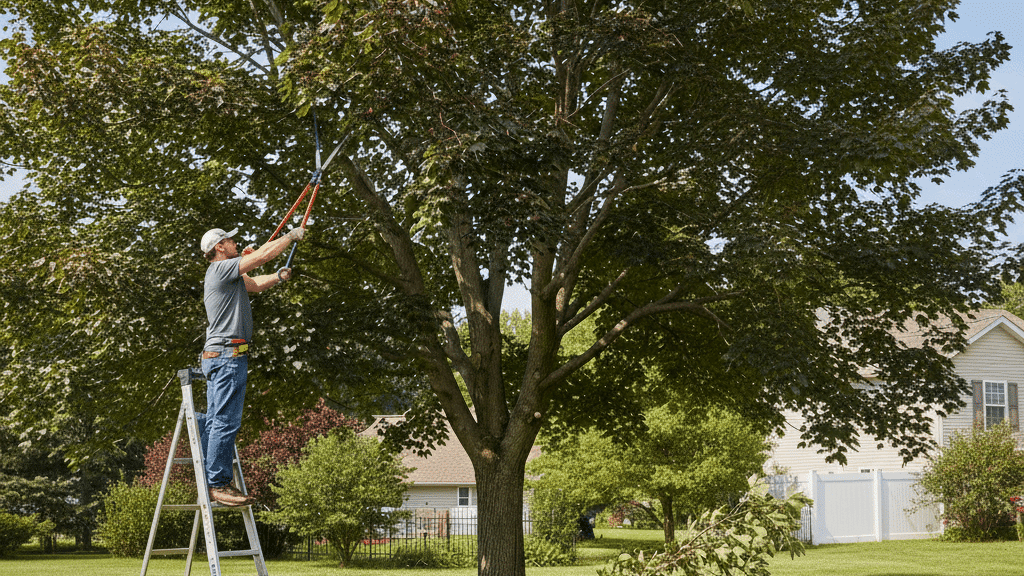
Trimming a maple tree safely requires preparation, patience, and respect for the tree’s natural structure.
1. Preparation
Gather sharp, clean pruning shears or saws before you start, because dull blades crush rather than cut branches cleanly.
Sanitize the tools with rubbing alcohol between cuts to prevent spreading disease from infected branches to healthy ones.
Wear safety glasses to protect your eyes from falling debris and wood chips during the cutting process.
2. Start Right
Identify compromised wood first because these sections won’t contribute to the tree’s health and pose the greatest risk.
Look for branches with no buds, peeling bark, discolored wood, fungal growth, or obvious decay as clear signs of death or disease.
Make smart decisions about which additional branches need attention for safety or aesthetic reasons.
3. Master the Cutting Technique
Cut just outside the branch collar, which is the slightly swollen area where the branch meets the trunk or a larger limb.
This zone contains the tree’s natural healing tissue, and cutting here helps wounds close faster and more completely.
Work from smaller to larger branches, taking your time with each cut to ensure accuracy.
Always maintain the tree’s inherent form because maples have a growth architecture that looks best when you preserve rather than reshape it.
4. Finish with Care
Step back periodically to assess your work from different angles and ensure balanced removal across the canopy.
Make final adjustments to any cuts that look uneven or were made at awkward angles during the initial trimming.
Aggressive cutting that prioritizes speed over the tree’s long-term health and structural integrity is not a wise decision.
Conclusion
Pruning success comes down to timing, care, and observation, not just following a strict calendar.
Dormant-season pruning offers the best visibility and fastest healing.
Avoiding bad timing to prune is crucial when it comes to the growth of the tree.
Mindful maintenance, not aggressive cutting, is what truly shapes a thriving maple tree for the long term.
Have you pruned your maple trees recently, and what challenges did you face with timing? Share your experiences in the comments below.
Frequently Asked Questions
How Do You Winterize a Maple Tree?
Apply mulch around the base, water deeply before the ground freezes, wrap young trunks with tree guards to prevent sunscald, and avoid fertilizing after August to allow proper dormancy preparation before winter arrives.
What Is the Lifespan of a Maple Tree?
Maple trees typically live between 100 and 300 years, depending on the species, with sugar maples often reaching 300 years, while silver maples average 100 to 130 years under ideal growing conditions and proper care.
How Do I Tell What Type of Maple Tree I Have?
Examine leaf shape, bark texture, and growth habit to identify your maple species. Sugar maples have five-lobed leaves with smooth edges, while red maples show serrated edges and silver maples display deeply cut leaves.
How Much Can You Cut Off a Maple Tree?
Remove no more than 25 percent of the canopy in a single pruning session to maintain tree health. Excessive cutting weakens the structure, depletes energy reserves, and increases vulnerability to pests, disease, and environmental stress.

